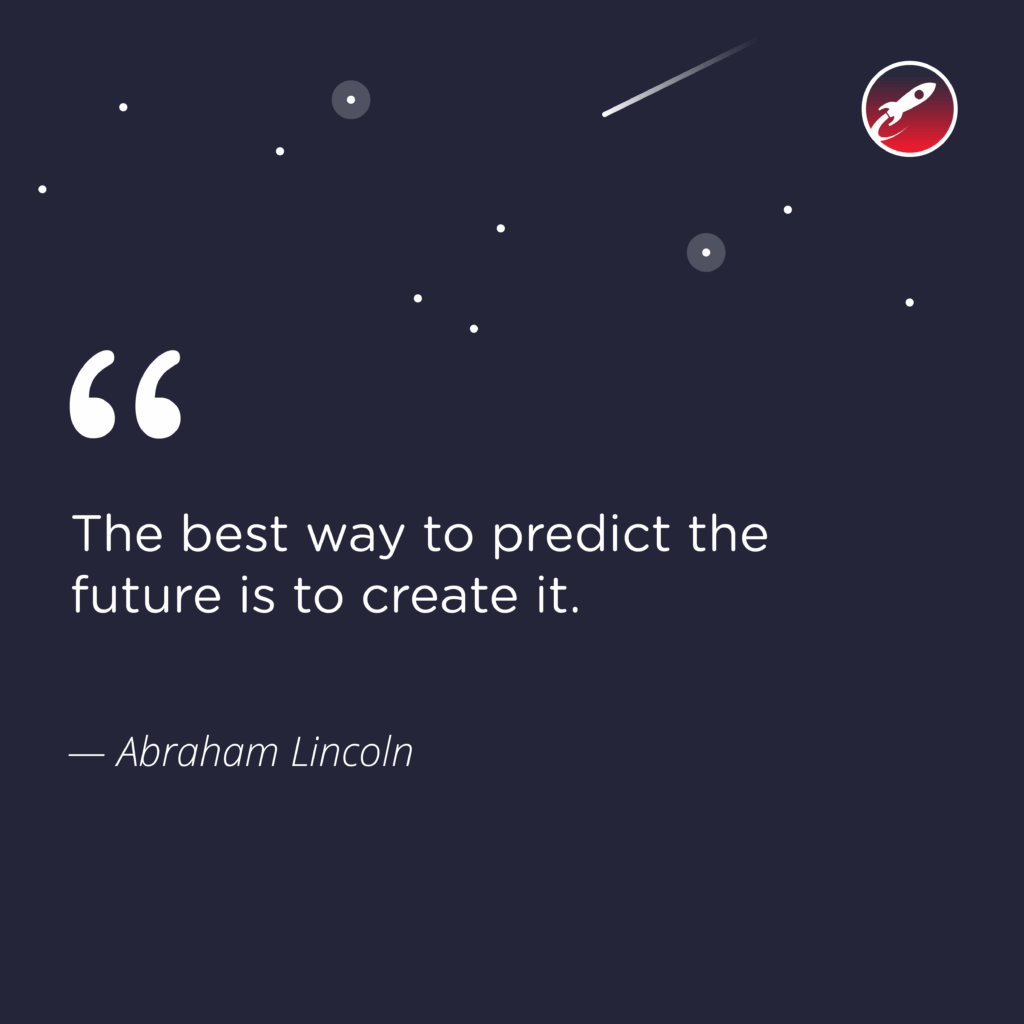In a world of split-second decisions, design that speaks instantly is the difference between cart and pass.
I recently came across a terrific piece on LinkedIn by Greg Wight called “Why No One Bought Pierogies: A Lesson in Shopper Psychology.” In it, he tells a story about observing the busy lunch rush at Toronto’s Union Station—where fast-paced commuters quickly scanned their options before lining up. Every vendor had a queue… except one. A pierogi stand stood empty, despite offering what Greg noted was a delicious product. The issue? Poor visual communication.
The signage didn’t effectively convey what was being sold. It wasn’t immediately clear that pierogies were even on the menu. In a high-traffic setting where decisions are made in seconds, that confusion was all it took to lose the sale. As Greg put it, shoppers didn’t have time to investigate—they needed instant clarity.
That insight stuck with me.
Having worked for major CPG brands under the banners of Maple Leaf Foods, Kraft Heinz, and Mars—as well as retail names like Sobeys and Cleo—I’ve seen this play out time and time again. Whether you’re trying to move frozen entrees in a grocery aisle or capture attention with a seasonal fashion promo, one truth holds up:
Design has to work in the blink of an eye.
It’s why, at Orbit, my approach to campaigns and POS (point-of-sale) design is built around four key principles:
🚀 1. Visual Hierarchy is Non-Negotiable
Shoppers process visuals far faster than they process words. In a noisy retail environment, if your eye doesn’t know where to land, the message is lost. Great shopper-focused design uses a clear focal point—like a product beauty shot, a bold benefit, or a compelling offer—to guide the viewer’s attention in a split second.
🛰️ 2. Simplicity Cuts Through the Static
Complexity doesn’t read in a cluttered environment. In-store materials need to strip away non-essentials and deliver key benefits with speed. Greg’s example nailed this: the pierogi stand wasn’t failing because of bad product—it was failing because people didn’t know what was being offered. Simple, clear, benefit-driven messaging would have made all the difference.
☄️ 3. Contrast Makes You Look
High contrast—whether in typography, colour, or layout—is a proven way to stand out against shelf clutter, signage overload, and visual fatigue. A low-contrast display, especially in a food court where signage competes with everything from fast-food logos to flashing menu screens, is bound to be overlooked.
🌌 4. Brand Consistency Builds Trust
Even impulse purchases require trust. That’s where brand consistency comes in—from colour palettes to logo usage to tone of voice. When design feels cohesive across all platforms—whether it’s a coupon flyer or a digital banner—it sends a message: This brand knows what it’s doing.
The pierogi story is a great real-world reminder that no matter how great your product is, it won’t sell itself. Not in an environment where people make choices with their eyes first.
Greg’s full piece is a quick, insightful read—you can find it here. But even if you don’t click through, the lesson is clear: make it obvious, make it appealing, and make it fast.
In the world of shopper marketing, you don’t just design for approval—you design for movement.

